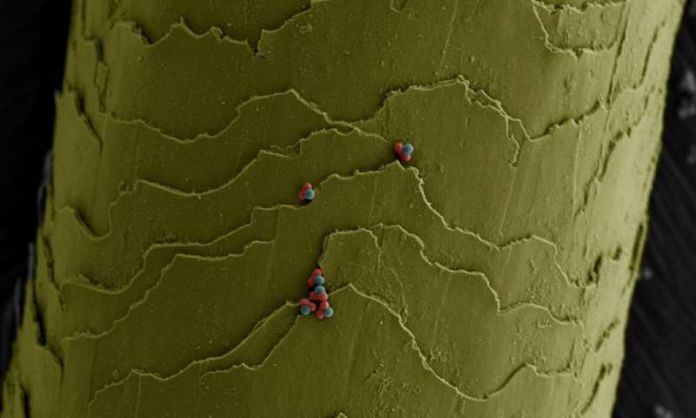Previously, I have written about ‘a new smart material’, which changes shape because of heat or light. This smart material has unique, multi-functional and can assemble and disassemble itself. Similarly, Scientists from New York University have developed malleable and microscopic self-assembling particles. These self-assembling particles can become as building blocks for synthetic materials.
Scientists transform small particles from inflexible, Lego-like pieces into those, who can manipulate their own shapes. This particle performs alterations with the ability to change their contours. The particle is near about 1/200th the width of a strand of human hair in micrometer.
Scientists want to improve colloid’s flexibility, small particles suspended in a fluid medium. Such commodity items like paint, milk, gelatin, glass and porcelain consist of colloidal dispersions. But, it’s their ability to control light flow. Scientists want to create similar mysterious colloidal geometries.
Scientists are in hope to enhance colloidal crystal engineering by activating particular semantical changes in the singular colloidal unit.
At last, scientist found that similar to Gulliver tied down by Lilliputians, metallic particles are wrapped in oil droplets were tied by various chemical bonds. After breaking through the photocatalytic bond, the metallic particles free themselves and modulate shape changes. In another word, scientists created a material that transforms its microstructure.
